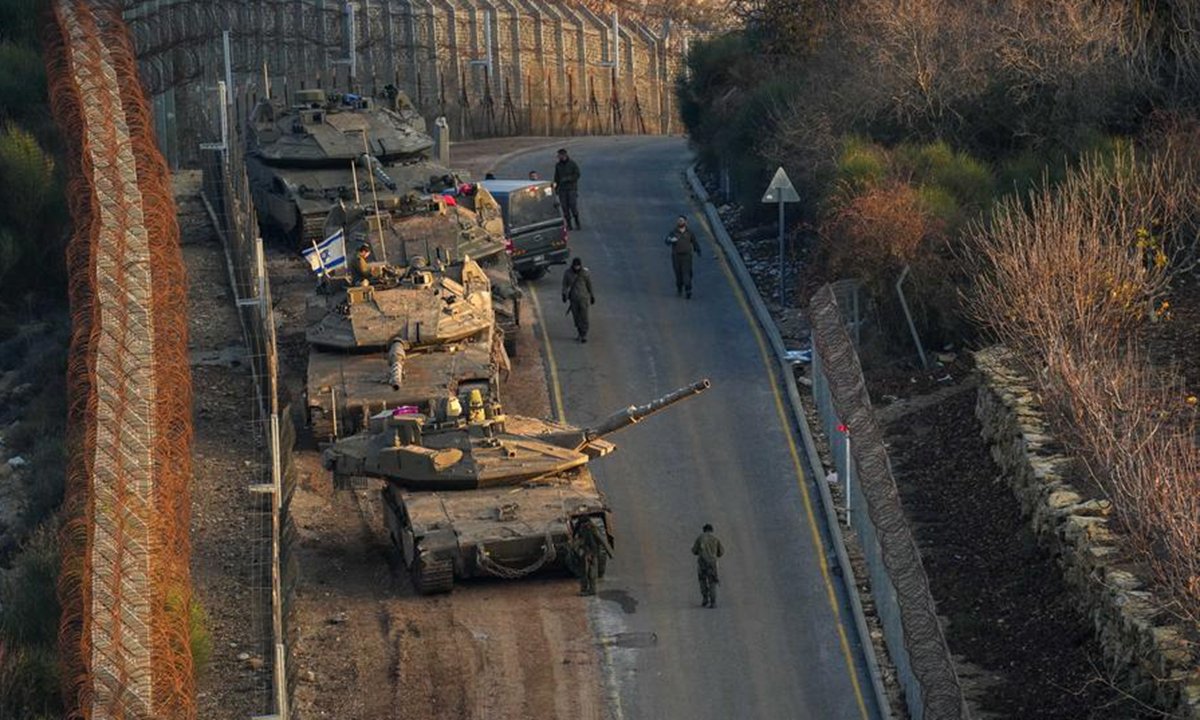Israel has violated the 1974 armistice agreement with Syria following the announcement of the collapse of the Syrian government led by President Bashar al-Assad.
The Israeli army has advanced into the occupied Golan Heights toward Mount Hermon in Quneitra, reaching as far as 25 kilometers southwest of Damascus.
By the evening of December 9, Israeli forces—amid widespread international silence—had occupied Syrian territory nearly twice the size of Gaza. Simultaneously, Israel seized 43,000 dunams of land in the occupied West Bank. Tehran Times reported this development today.
In a statement reinforcing Israel’s claims, Prime Minister Benjamin Netanyahu declared that “the Golan Heights will remain Israeli forever.” Since dawn on Sunday, Israeli aggression has targeted Syrian military and scientific facilities, including weapons and ammunition depots, aircraft squadrons, radar installations, signal stations, and scientific research centers. Syrian air defense systems were also disabled.
Ground Advances and Bombardments
Security sources disclosed to Reuters that Israeli forces reached approximately 25 kilometers southwest of Damascus. Additionally, a Syrian security source reported Israeli forces advancing to Qatana, located 10 kilometers inside Syrian territory and east of the demilitarized zone separating the occupied Golan Heights from Syria.
The Syrian Civil Defense confirmed extinguishing a fire in Damascus following Israeli strikes on research centers on the city’s outskirts, stating there was “no evidence of unusual toxic fumes” and “no cases of suffocation among civilians.”
Military Objectives
The Israeli army radio announced that its forces destroyed Syrian aircraft, warships, and strategic facilities to prevent them from falling into opposition hands. “We destroyed the capabilities of the Syrian army in the largest air operation in our history,” it claimed, adding that operations remain confined to the buffer zone, roughly 30 kilometers from Damascus.
Regional and International Reactions
Qatari Foreign Ministry spokesman Majed Al-Ansari urged “all parties in Syria to work together to preserve the unity of Syrian territory,” revealing ongoing international discussions about the situation.
These developments occur against the backdrop of radical shifts in West Asia, following Operation Al-Aqsa Flood, as Israel intensifies its focus on the Axis of Resistance while simultaneously targeting the Syrian army.
The coming days may reveal whether this aggression signals a larger plan to occupy all of Syria, raising critical questions about the future of the region.










